Phosphorus is a crucial nutrient for healthy plant growth and development. To ensure your plants receive adequate phosphorus, you must test your soil regularly and know the various ways to add this nutrient to your soil. One of the most important roles of phosphorus in plants is its involvement in photosynthesis, which is how plants convert sunlight into energy.
Phosphorus helps transport this energy throughout the plant by aiding in sugar production. Phosphorus also has significant impacts on flower and fruit production. It encourages healthy blooms by promoting cell division, which leads to greater flower formation. With proper care and attention, you’ll enjoy vibrant gardens that thrive year after year
Best Ways to Add Phosphorus to Your Soil
Tips to Tell if Your Soil Needs Phosphorus
One of the most important factors in growing healthy plants is ensuring that your soil has enough phosphorus. Observe the color of your plant’s leaves. If they have a dull or dark green color, this could indicate they lack phosphorus. Also, if the leaves appear purplish or reddish, this could indicate low phosphorus. You may also notice slow growth and smaller-than-expected yields from your crops.
In case you missed it: 18 Moisture Loving Plants that Thrive in Wet Soil: Every Gardner Should Know These
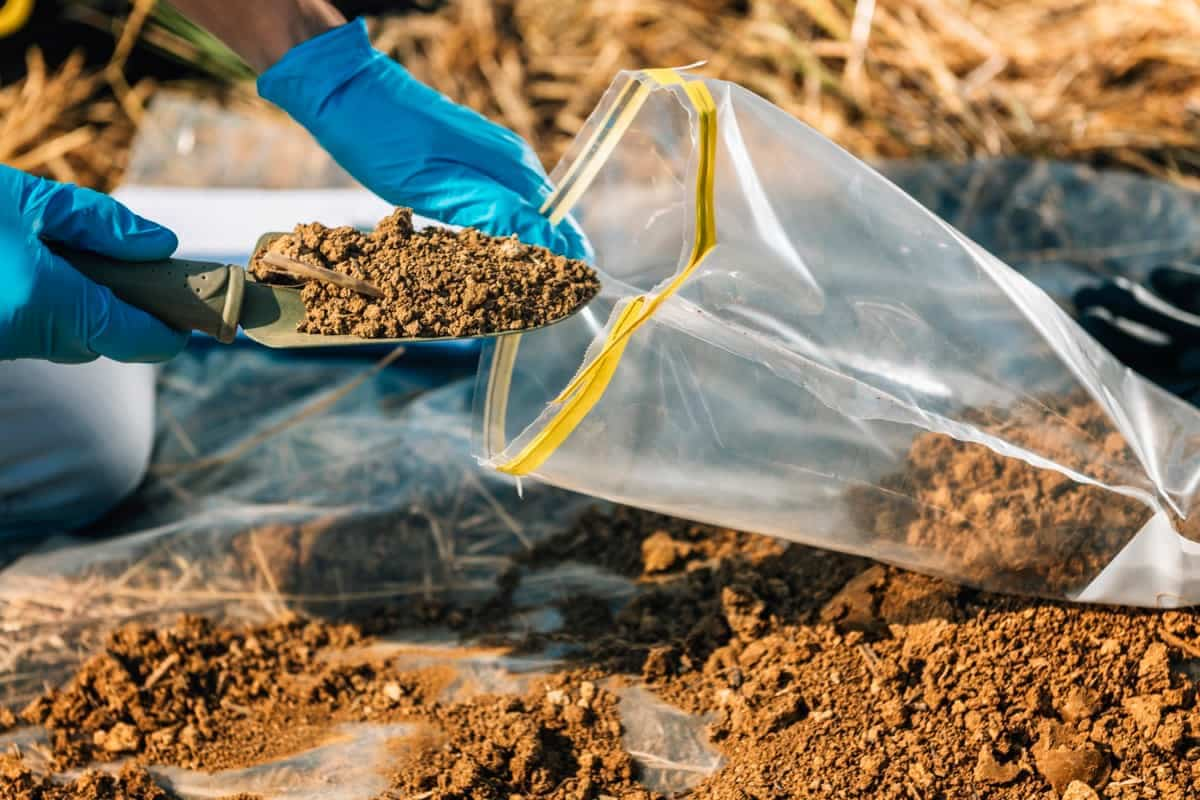
This could be due to inadequate levels of phosphorus in the soil. Another way to determine if your soil needs more phosphorus is by conducting a soil test. It’s important to note that too much phosphorus can harm plant growth and lead to environmental concerns such as water pollution. So, it’s essential to ensure that you’re only adding necessary nutrients based on accurate measurements and observations about your garden’s health.
Why Do Your Plants Need Phosphorus?
Phosphorus is an essential nutrient needed by all plants to grow and thrive. It plays a crucial role in several plant processes, including photosynthesis, energy transfer, and root development. Firstly, phosphorus helps with photosynthesis by aiding in producing adenosine triphosphate, essentially the energy currency for plants. Phosphorus promotes healthy root development by helping plants absorb other vital nutrients like nitrogen and potassium from the soil.
Without enough phosphorus in your soil, these essential macronutrients would go unused and hinder plant growth. Research has shown that adequate phosphorus levels can help increase crop yields and improve overall plant health. So, if you want healthy and fruitful crops or lush greenery in your garden or lawn, giving your plants sufficient amounts of this nutrient is necessary. Ensuring an adequate supply of phosphorous for our plants can lead to better-quality crops with higher yields and healthier-looking greenery.
Easy Ways to Increase Phosphorus in Soil
High Phosphorus Fertilizers
If you are looking to add phosphorus to your soil, one option is to use high-phosphorus fertilizers. These fertilizers contain more phosphorus than other nutrients, making them ideal for plants that require more phosphorus. There are different types of high-phosphorus fertilizers available on the market.
In case you missed it: Homemade Fertilizers for Root Vegetables: Potatoes, Carrots, Beetroot, Onions, Radishes, Turnip, Ginger, and Garlic
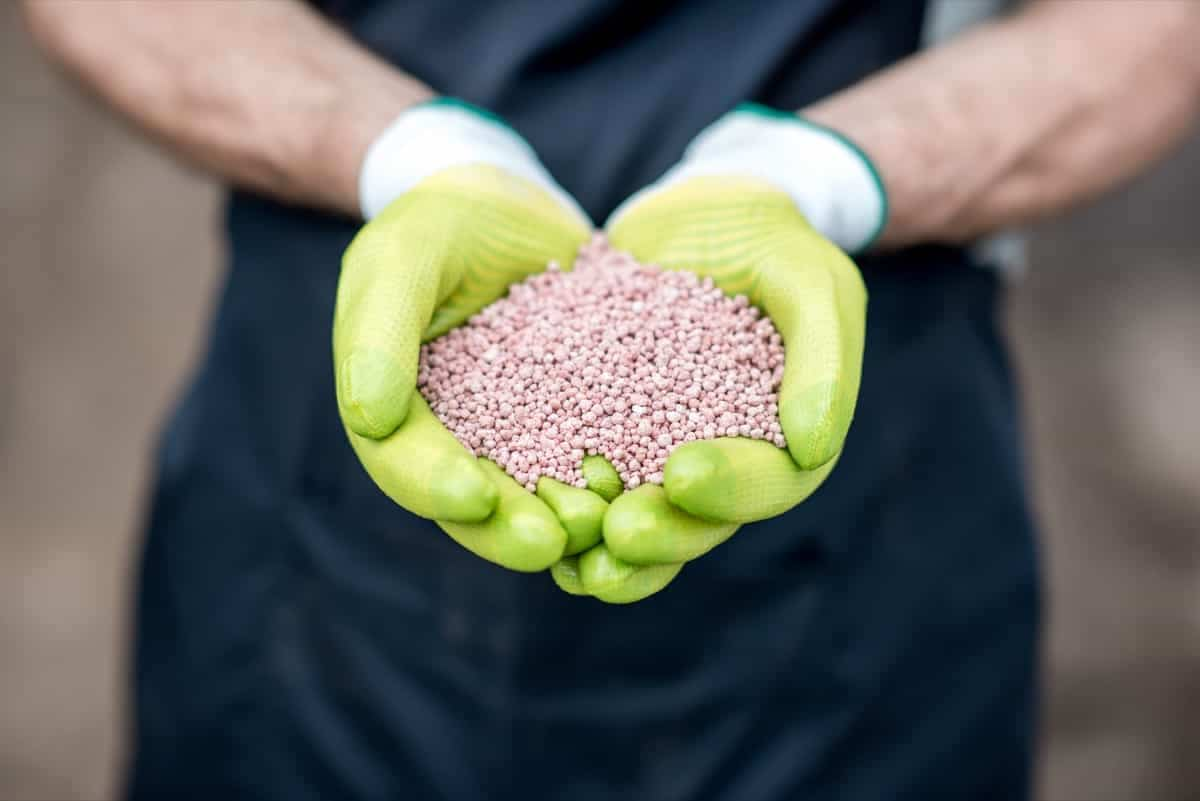
It’s important to note that while high-phosphorus fertilizers can effectively add phosphorus to your soil, they should be used carefully and sparingly. Overuse can lead to an imbalance of soil nutrients and harm the plants and surrounding environment. Before using any fertilizer, conducting a soil test is always best. This will help determine if your soil lacks or has excess amounts of certain nutrients such as nitrogen, potassium, and calcium.
Animal Manure
When adding phosphorus to your soil, animal manure is one of the most common and effective methods. Manure from animals like cows, horses, chickens, and pigs can all be used as plant fertilizers. However, before applying any manure to your soil, it’s important to ensure it has been composted or aged properly. Fresh manure can contain high levels of ammonia which can burn plants and harm their growth. Once properly aged or composted, animal manure is an excellent source of phosphorus, nitrogen, and potassium.
In case you missed it: How to Make Rabbit Manure Compost: A Step-by-Step Guide to Using in Your Garden
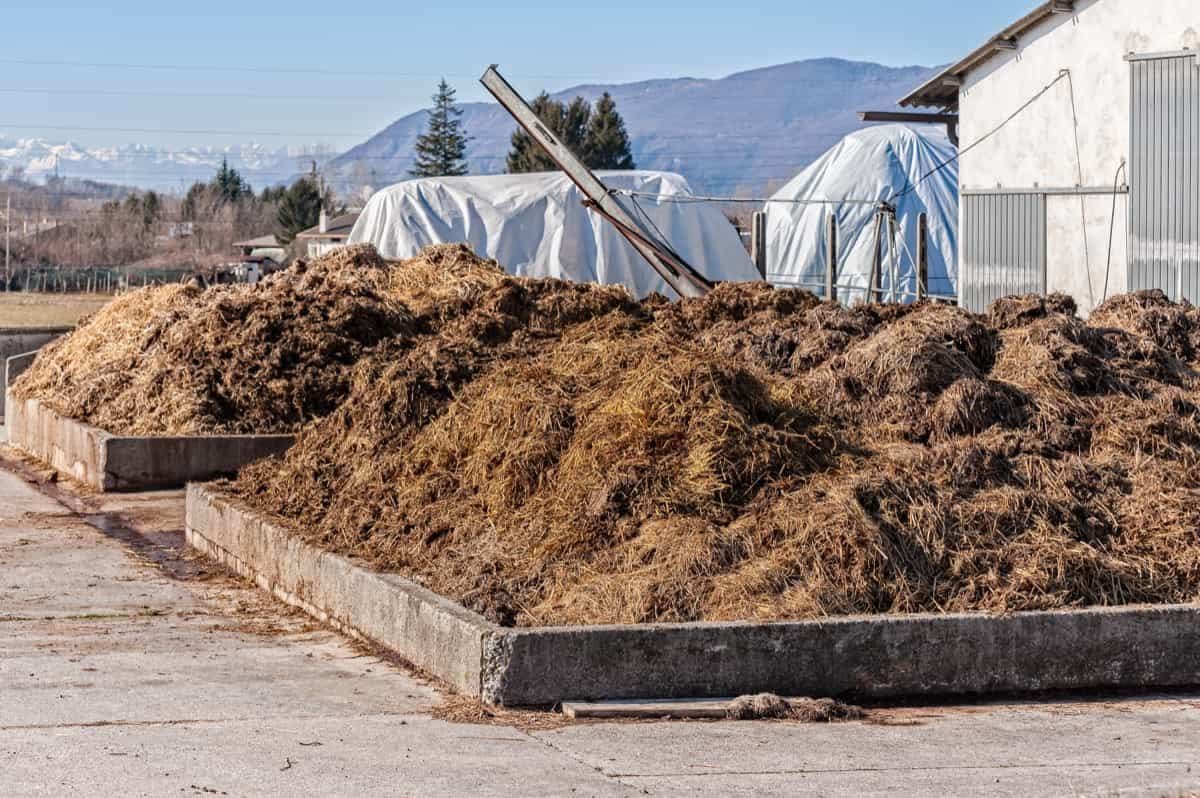
These nutrients help promote healthy plant growth by aiding photosynthesis and increasing root development. In addition to providing essential nutrients for plants, using animal manure as a fertilizer is also environmentally friendly. It helps reduce waste by recycling organic material into a valuable resource for gardening. If you’re looking for an affordable yet effective way to add phosphorus (and other essential nutrients) to your soil while reducing waste, consider using animal manure as a natural fertilizer option.
Bone Meal
Bone meal is another natural source of phosphorus that can help boost the nutrient content in your soil. Following the recommended application rates on the packaging is important when using bone meal as a fertilizer. Mixing it thoroughly into the soil before planting is essential to ensure an even distribution of nutrients.
Fish Emulsion
It’s an excellent source of nutrients, particularly phosphorus, and nitrogen, which can help improve soil fertility and plant growth. One significant advantage of using fish emulsion as a fertilizer over synthetic fertilizers is that it doesn’t contain harmful chemicals or pollutants. Instead, it gives your plants natural nutrients readily absorbed by their roots. The fish emulsion also helps to condition the soil by promoting beneficial microorganisms’ growth, enhancing nutrient availability and uptake.
Additionally, it improves soil structure and water retention capacity while reducing erosion risks. When using fish emulsion as a fertilizer, be sure to dilute it according to instructions on the label since its high concentration can burn plants’ leaves or roots if applied directly. You can apply it every two weeks during the growing season for maximum benefits. Incorporating fish emulsion into your gardening routine provides numerous benefits for your plants and the environment without compromising quality or yield.
Worm Castings
Worm castings are a valuable and natural source of phosphorus for your soil. These castings contain essential nutrients that promote plant growth and improve soil structure. Worms break down organic matter in their digestive system to create nutrient-rich casts. The resulting material contains beneficial microorganisms and enzymes supporting healthy plant growth. Adding worm castings to your soil introduces these microorganisms into the ecosystem, creating a more balanced environment for your plants.
In case you missed it: Worm Composting – Indoors For Beginners
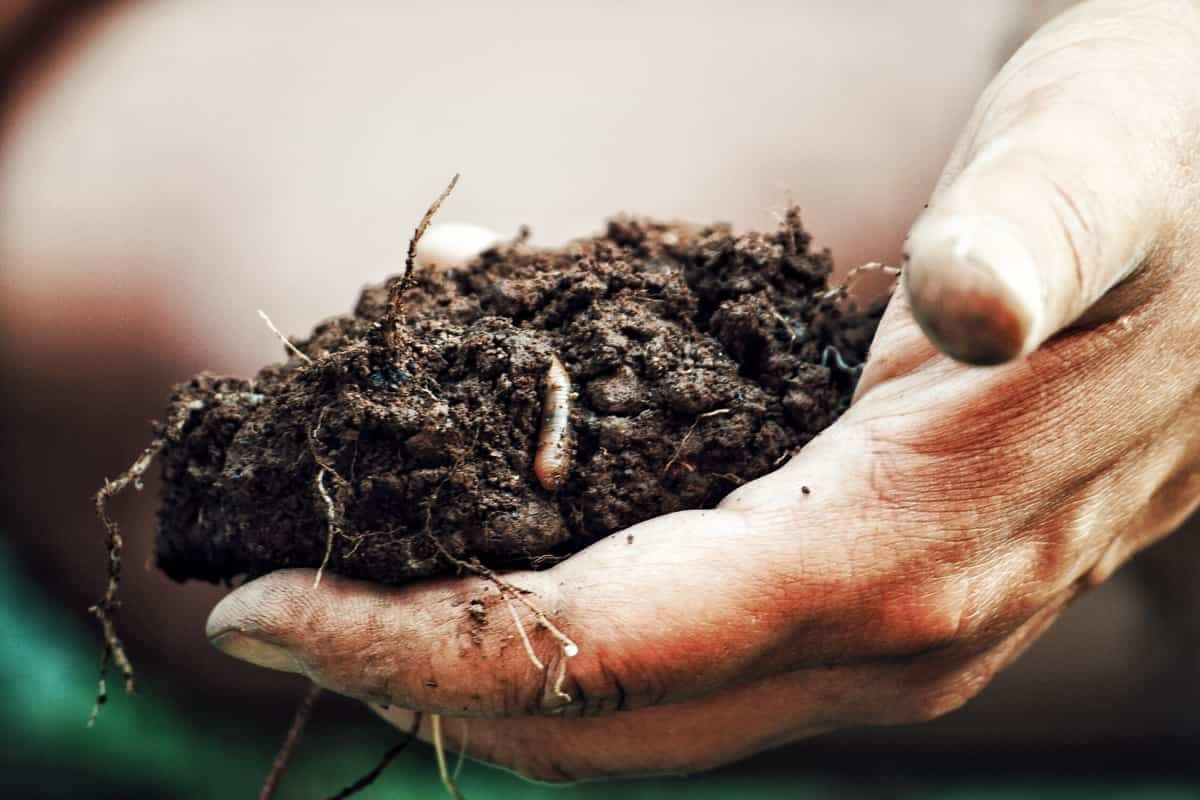
In addition to providing phosphorus, worm castings help retain moisture in the soil and reduce the risk of disease or pest infestations. They have been shown to increase crop yields and improve overall plant health. Worm castings are easy to mix into your soil or use as a top dressing around the existing plant. You can make your vermicompost by setting up a small worm bin at home. Incorporating worm castings into your gardening routine is an excellent way to add phosphorus naturally while improving the overall health of your plants and soil.
Compost
Compost is a fantastic addition to any garden. It’s easy to make and provides your plants with a slow-release source of phosphorus and other essential nutrients. Composting is breaking down organic matter into nutrient-rich soil that can be used in your garden. To start composting, choose an area in your yard for a compost bin or pile. You can use kitchen scraps like vegetable peels, fruit cores, and coffee grounds, and yard waste like leaves and grass clippings.
In case you missed it: How to Make Grass Clippings Compost Fertilizer: Homemade Recipe, DIY for Container, Indoor, and Backyard Garden Plants
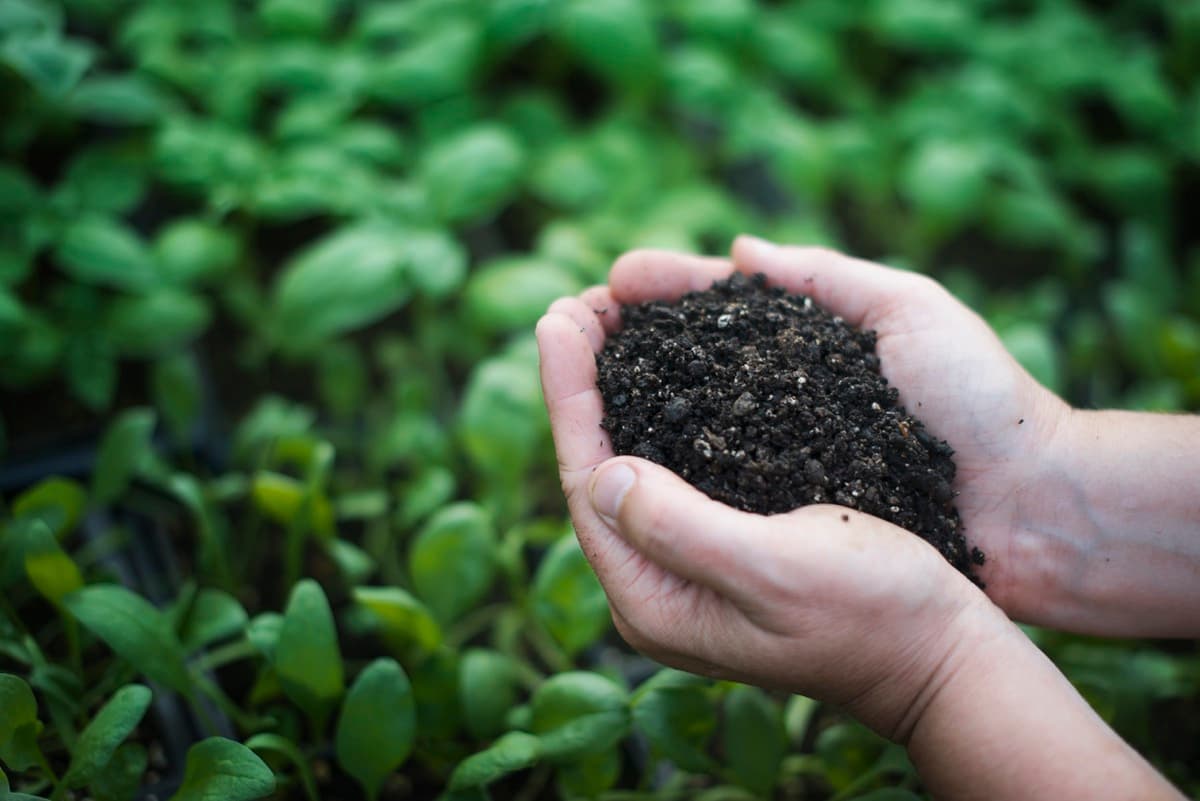
Make sure to turn the compost occasionally to aerate it and help speed up the decomposition process. Over time, you’ll have a rich, crumbly compost ready to add to your soil. Adding compost to your soil helps improve its structure by increasing water retention and reducing erosion. It also promotes healthy microbial activity in the soil, which aids plant growth. Using compost instead of chemical fertilizers also reduces environmental pollution from runoff chemicals entering nearby water sources- making it an eco-friendly option for gardening enthusiasts.
Lime
Lime is a soil amendment that can help raise the pH level of acidic soil. Plants may have difficulty absorbing nutrients like phosphorus from the soil when the pH level is too low. There are different types of lime available for use in gardening. To apply lime to your soil, spread it evenly over the surface using a garden rake or shovel. The amount needed will depend on your specific soil type and pH level.
In case you missed it: How to Take Care of Seedlings After They Sprout: A Beginners Guide
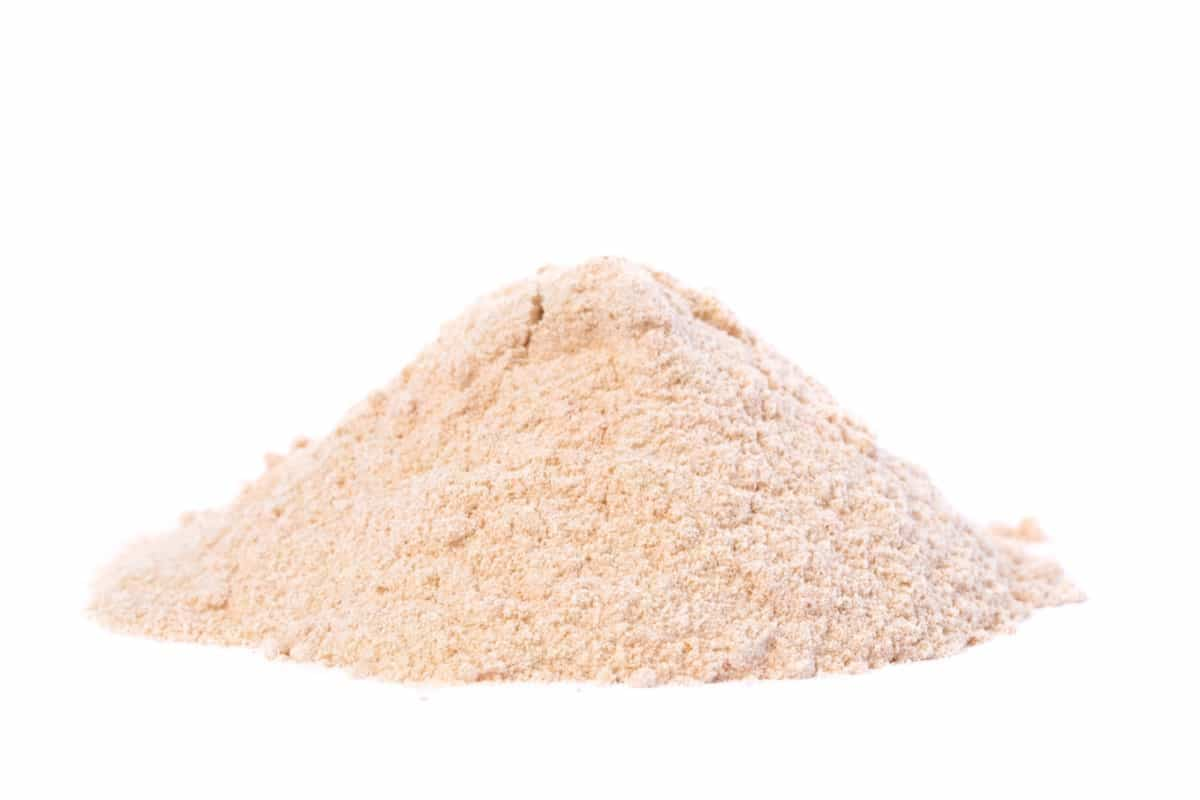
It’s important to follow the recommended application rate on the product label. It’s also important to note that adding too much lime can lead to an overly alkaline environment, harming plants. A soil test can help determine if you must add lime and how much should be applied. Lime can take several months to fully break down in the soil and raise the pH level, so it’s best applied well before planting season.
Rock Phosphate
Rock phosphate is a natural mineral that contains high levels of phosphorus. It is an excellent source of slow-release phosphorus and other essential plant minerals. This type of fertilizer is made from ancient marine deposits and comes in granular form. Rock phosphate can be used alone as a soil amendment or mixed with compost or other organic matter to improve soil fertility. When applied to the soil, rock phosphate needs time to break down before its nutrients become available to plants. Therefore, it’s best suited for long-term use.
This type of fertilizer works well for crops like Corn, Soybeans, and Potatoes that require large amounts of phosphorus throughout their growing season. Additionally, rock phosphate has been shown to enhance root development and improve plant resistance to diseases. It’s important to note that excessive application of rock phosphate can lead to nutrient imbalances in the soil over time. Always follow the instructions on the label carefully when applying any fertilizer. Using rock phosphate as part of your fertilization program can help provide a steady phosphorus supply and improve overall soil health.
Conclusion
Adding phosphorus to your soil is crucial for the healthy growth of your plants. Phosphorus is an essential nutrient for plant growth and development. It plays a crucial role in various metabolic processes, including photosynthesis, respiration, and energy transfer. Testing your soil for phosphorus levels can help you determine the amount of fertilizer needed to maintain healthy plants. There are several ways to naturally add phosphorus to your soil, such as using a bone meal or rock phosphate fertilizers or incorporating organic matter like compost.
However, it’s important to be mindful of over-fertilizing as it can lead to environmental problems like water pollution. It is also important to note that before applying any fertilizers or amendments to your soil, you should first determine if it needs more phosphorus by testing its pH level. Additionally, always follow the instructions on the product label when using any fertilizer or amendment. These steps to add phosphorus to your soil and ensure that your plants receive adequate amounts of this essential nutrient will result in healthier plant growth and higher yields.
- The Role of Watering in Preventing Drying Moringa Pods
- Best Liquid Fertilizer for Flowering Plants
- How to Set Up an Efficient Watering System for Home Garden
- How to Mulch Tulip Bulbs: Expert Tips Best Tulip Blooms
- Common Problems with Potted Figs and How to Solve Them
- How to Prevent Flower Drops in Pomegranate Trees: Effective Tips
- How to Boost Ridge Gourd Flowering and Yield: A Beginner’s Guide
- Effective Pollination Techniques for Maximizing Gourds Yield
- Composting Techniques for Manure in Home Gardens
- A Step-by-Step Guide on Propagation Techniques for Jasmine Plants
- How Do I Make My Garden Less Cluttered: A Beginners Guide
- Growing Red Currants at Home for Beginners
- Gardening Techniques in Planting Vegetables
- Where to Place Indoor Plants in Your Home
- How to Grow Tomatoes Organically at Home: A Comprehensive Guide
- Organic Gardening on a Budget: Low-Cost Methods and Materials
- Gongura Seed Germination and Planting Methods
- Cabbage Seed Germination and Selection
- Broccoli Seed Germination and Selection
- Asparagus Seed Germination and Variety Selection
- Seasonal Flower Gardening: Best Practices for Spring, Summer, Fall, and Winter
- How to Grow Hibiscus from Flower
- Plantation Ideas for Home Decoration: A Beginners Guide
- Flower Garden Designs and Layouts for Beginners
- Planting and Spacing Techniques in Papaya: A Beginner’s Guide
- Growing Gold: Essential Techniques for Planting Pineapples
- How to Make Kalanchoe Plant Bushy: Home Remedies and Solutions
- 11 Reasons Why Your Gardenia is Not Blooming: Home Remedies and Solutions
- Eco Elegance: The Guide to Designing a Drought-Tolerant Landscape
- Gardening on a Slope: Strategies for Hillside Landscaping
- Nourish and Flourish: Top Organic Mulches for Thriving House Plants
- Everything You Want to Know about Indian Mogra Flower: Discover Uses and Growing
- Green Thumb Success: Expert Tips for Cultivating Greenhouse Pumpkins All Year Round
- Maximize Growth & Flavor: The Ultimate Guide to Companion Planting in Herb Gardens
- How to Control Rhododendron Problems Naturally: Home Remedies and Organic Ways to Fix Them
- Natural Magic: The Remarkable Benefits of Cinnamon for Plants